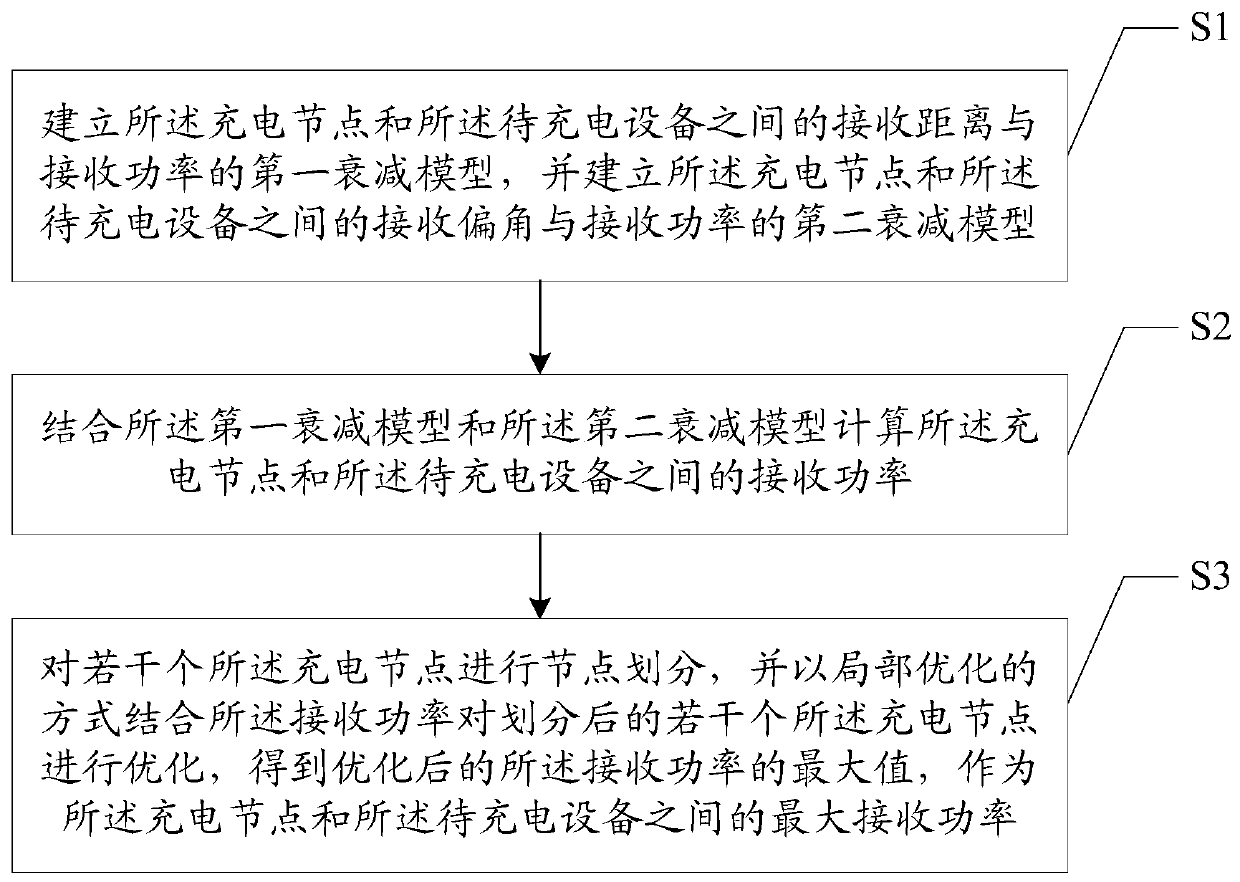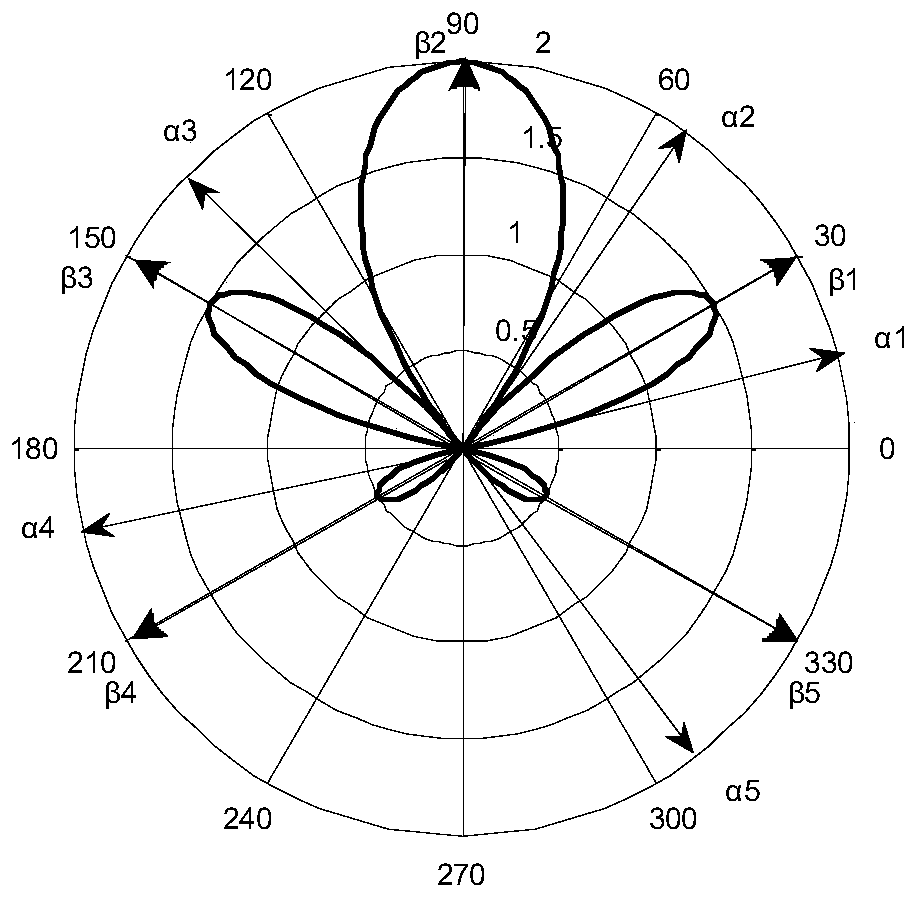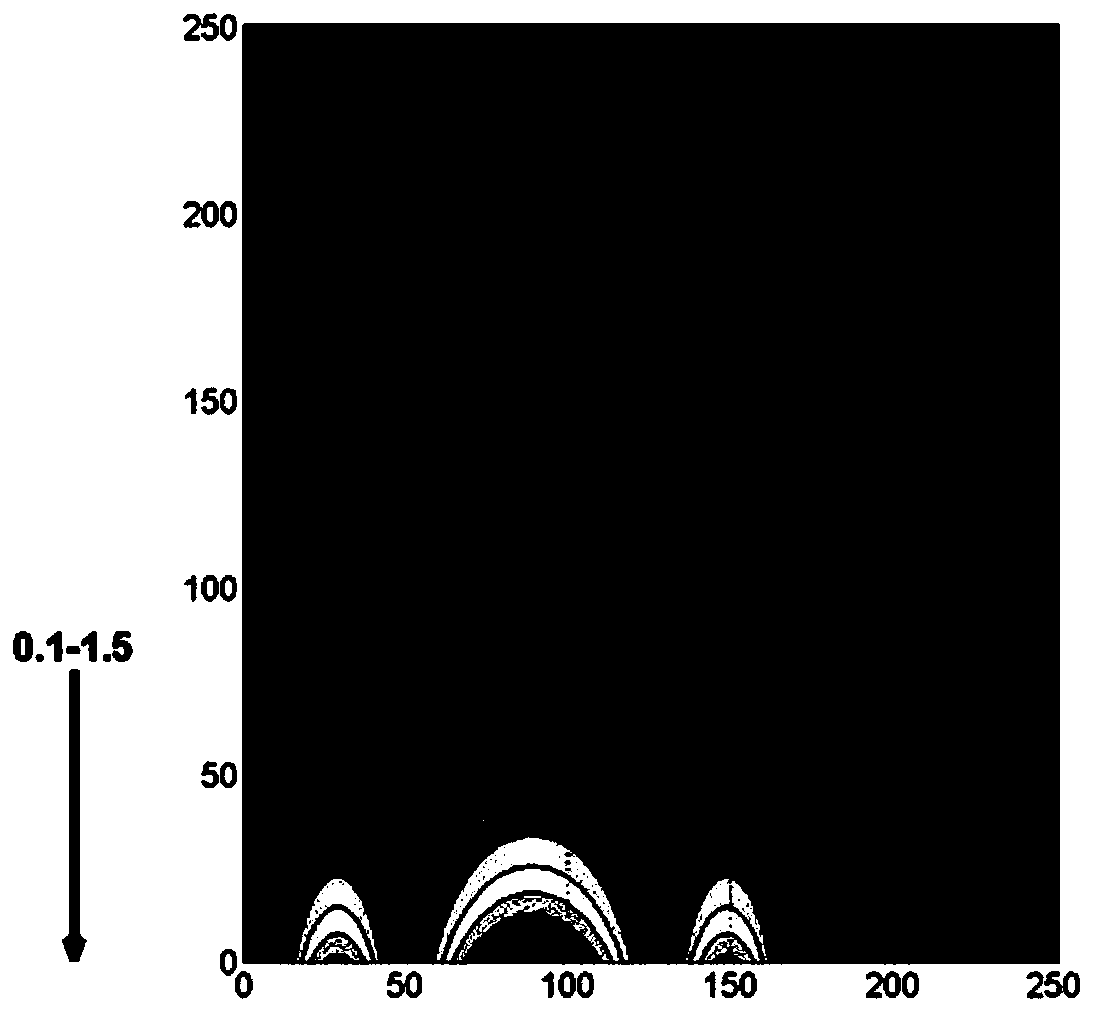Efficiency improvement method and device based on microwave wireless charging
A microwave wireless and high-efficiency technology, applied in the direction of circuit devices, battery circuit devices, current collectors, etc., can solve the problems of energy waste, low efficiency of microwave wireless charging, lack of optimization of energy transmission, etc., to maximize charging efficiency and ensure accurate charging. performance and reliability, and the effect of avoiding resource waste
- Summary
- Abstract
- Description
- Claims
- Application Information
AI Technical Summary
Problems solved by technology
Method used
Image
Examples
Embodiment Construction
[0026] In order to make the object, technical solution and advantages of the present invention clearer, the present invention will be further described in detail below in conjunction with the accompanying drawings and embodiments. It should be understood that the specific embodiments described here are only used to explain the present invention, not to limit the present invention.
[0027] In the prior art, the microwave wireless charging efficiency will attenuate with the increase of the transmission distance between the charging node and the device to be charged and the change of the deflection angle between the transmitting and receiving antennas, resulting in the technical problem of low microwave wireless charging efficiency.
[0028] In order to solve the above technical problems, the present invention proposes an efficiency improvement method and device based on microwave wireless charging, which replaces global optimization with local optimization, that is, transfers th...
PUM
 Login to View More
Login to View More Abstract
Description
Claims
Application Information
 Login to View More
Login to View More - R&D
- Intellectual Property
- Life Sciences
- Materials
- Tech Scout
- Unparalleled Data Quality
- Higher Quality Content
- 60% Fewer Hallucinations
Browse by: Latest US Patents, China's latest patents, Technical Efficacy Thesaurus, Application Domain, Technology Topic, Popular Technical Reports.
© 2025 PatSnap. All rights reserved.Legal|Privacy policy|Modern Slavery Act Transparency Statement|Sitemap|About US| Contact US: help@patsnap.com



